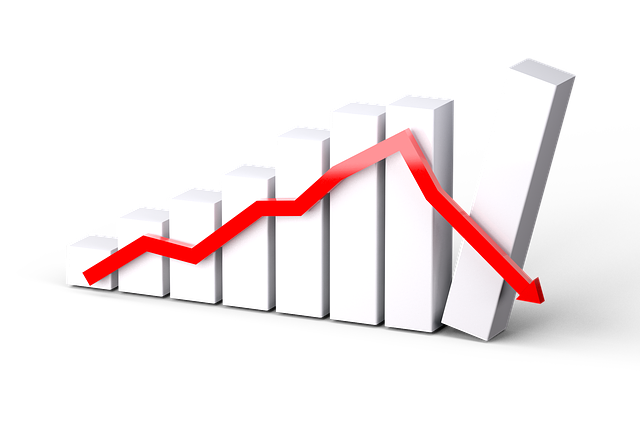
What should you, as an investor, do? It’s natural to be nervous when it is possible more dips are in store. Mistakes in this kind of market could lead to even bigger mistakes in the future.
Take a lead from multi-millionaire Warren Buffett, whose holdings have declined in value by an 11-figure amount over the past week. He isn’t unhappy about it and sees it as the normal rise and fall of the market. He anticipates more attractive entry points to stock investments and a better chance to find a reasonably priced acquisition, a “more palatable stock price to consider implementing a buyback.”
If you aren’t as knowledgeable as Buffett, rely on past history. Market corrections are common, healthy occurrences that should be embraced as long-term opportunities.
Here are three approaches that will keep your investments safe while the market readjusts:
Use dollar-cost averaging. Many people do this routinely. You invest a fixed amount of money on a regular basis into shares of stock or a mutual fund. Your 401(k) contributions, for instance, are an automatic form of dollar-cost averaging. Making regular deposits to a mutual fund or brokerage account is another way to dollar-cost average. Under this scenario, when stock prices fall, your fixed dollar amount buys more shares. It automatically helps you take greater advantage of corrections by purchasing more shares than you could have before the price drop.
Invest some now and some later. During the recent bull market, many people grew their amounts of cash. Not being able to predict if the current down-trend will than lead to a full bear market, be wary of investing everything now. You may get it wrong. One solution is to invest only a portion of your available money now, depending on your risk tolerance. Consider investing a third now, another third six months from now and retain the rest until you see how the market is trending by then.
Give your savings a bump. Though its emotionally easier to put your money to work in the market, it may pay during the term of a down-time to increase savings while stock prices are weakening so that you can begin to invest again when the time is right.
Market downturns can allow you to forget the reason you’re investing in the first place – to have enough money to meet long-term goals such as retirement. Get past the panic and stay focused on the future. Things will change.